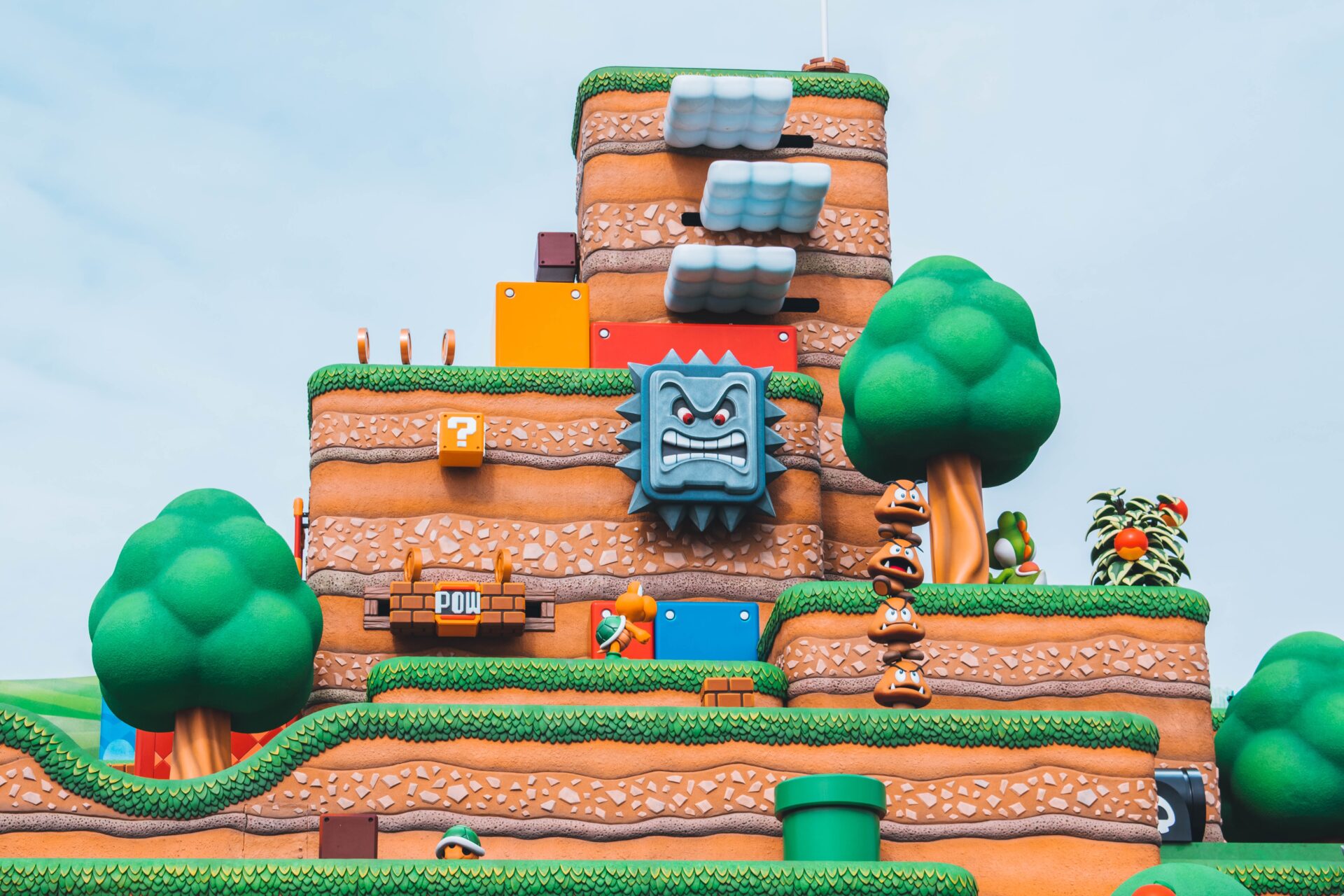The modern gaming industry is booming. However, as capitalization increases, major companies frequently stick to safer routes. This has a direct impact on game design, especially its creativity. Today, we’ll discuss how game design has changed in the past few years and why many gamers argue that creativity has died.
The Changing Landscape of Game Design
Here are some statistics: Over the past five years, the gaming industry has witnessed explosive growth. Studios have generated tens of billions of dollars more than was forecasted. The market has expanded both horizontally and vertically. Although there was a temporary revenue drop of around 4% in 2022 due to an overall economic downturn, the future of the gaming market looks quite promising in terms of profit growth. It’s predicted to grow from $179 billion in 2020 to $211 billion by 2025. That’s about 3.5% growth each year!
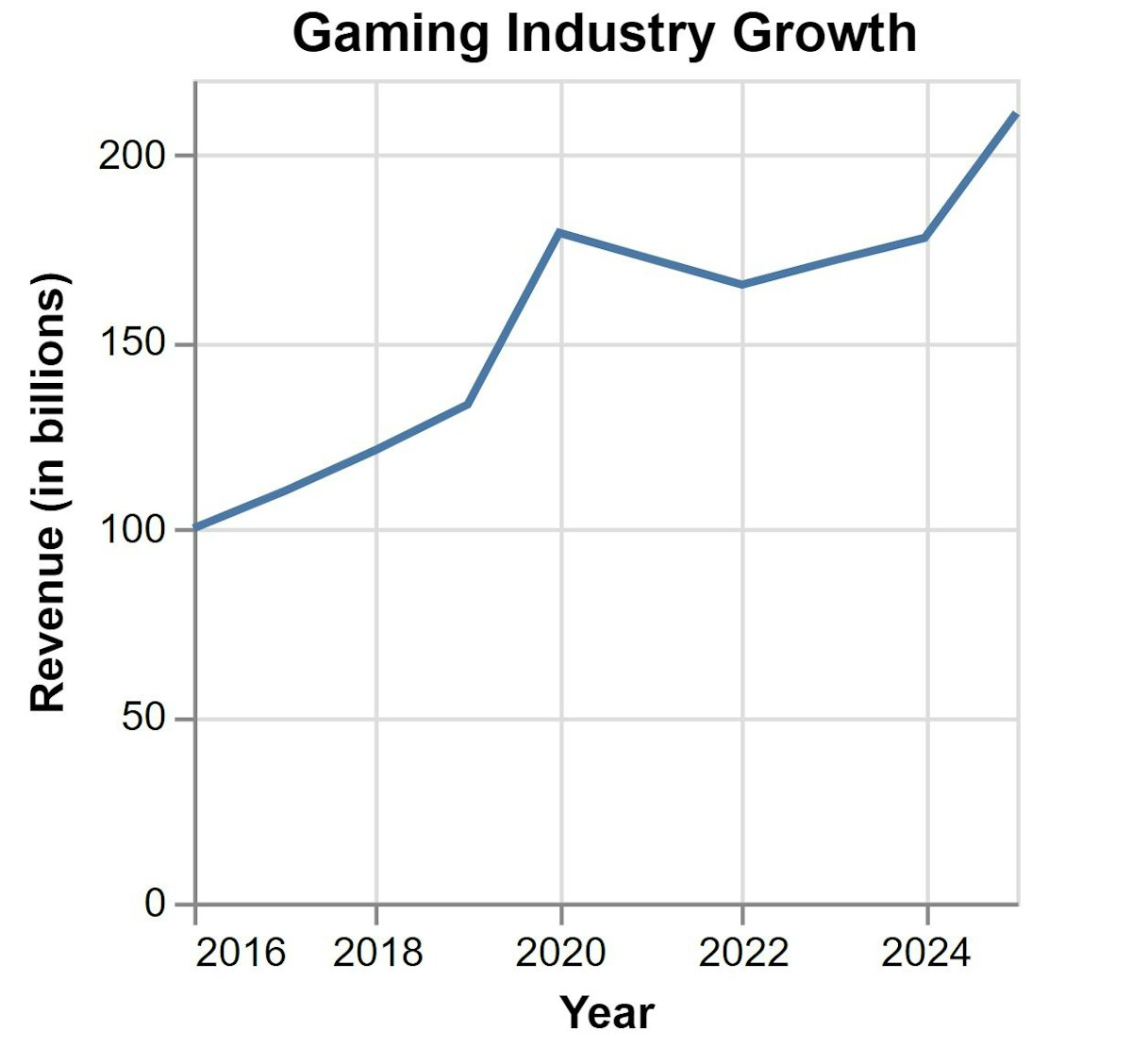
Let’s look at all the AAA releases from recent years. A vast majority belong either to the sequel category (like God of War, Horizon, Far Cry 6, Hitman 3, etc.) or to the category of remakes, remasters, and re-releases (like Resident Evil, Final Fantasy 7, Demon’s Souls, The Last of Us, Halo, you name it.). There are still brilliants like Cyberpunk 2077 or Elden Ring, but these quickly become exceptions rather than the rule.
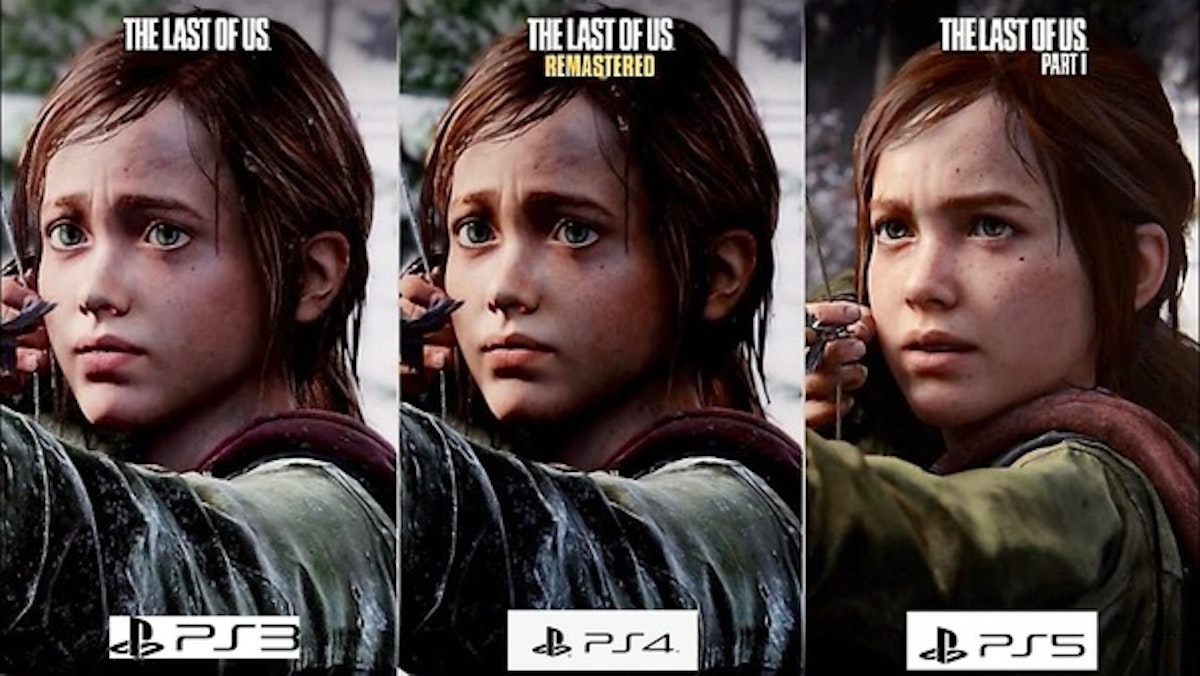
The abundance of sequels, remakes, remasters, and re-releases tells us that significant developers have changed their approach. They’re not looking for originality or new franchises, but rather a way to generate revenue quickly and safely. This mindset also spills over into game design. Developers either carry over old game mechanics or upgrade them. As a result of these changes, the gaming community is placing a stronger emphasis on graphics over gameplay.
The demand for better graphics has been steadily rising since 2017. According to recent studies, nearly three-quarters of dedicated PC gamers say their main motivation to upgrade is to enhance their gaming experience. More powerful hardware not only improves their current gaming experience but also provides many players access to games with higher requirements. Over 60% of gamers consistently upgrade their equipment. This is a significant shift from 2016 stats, where only 10% of players invested in high-performance computers.
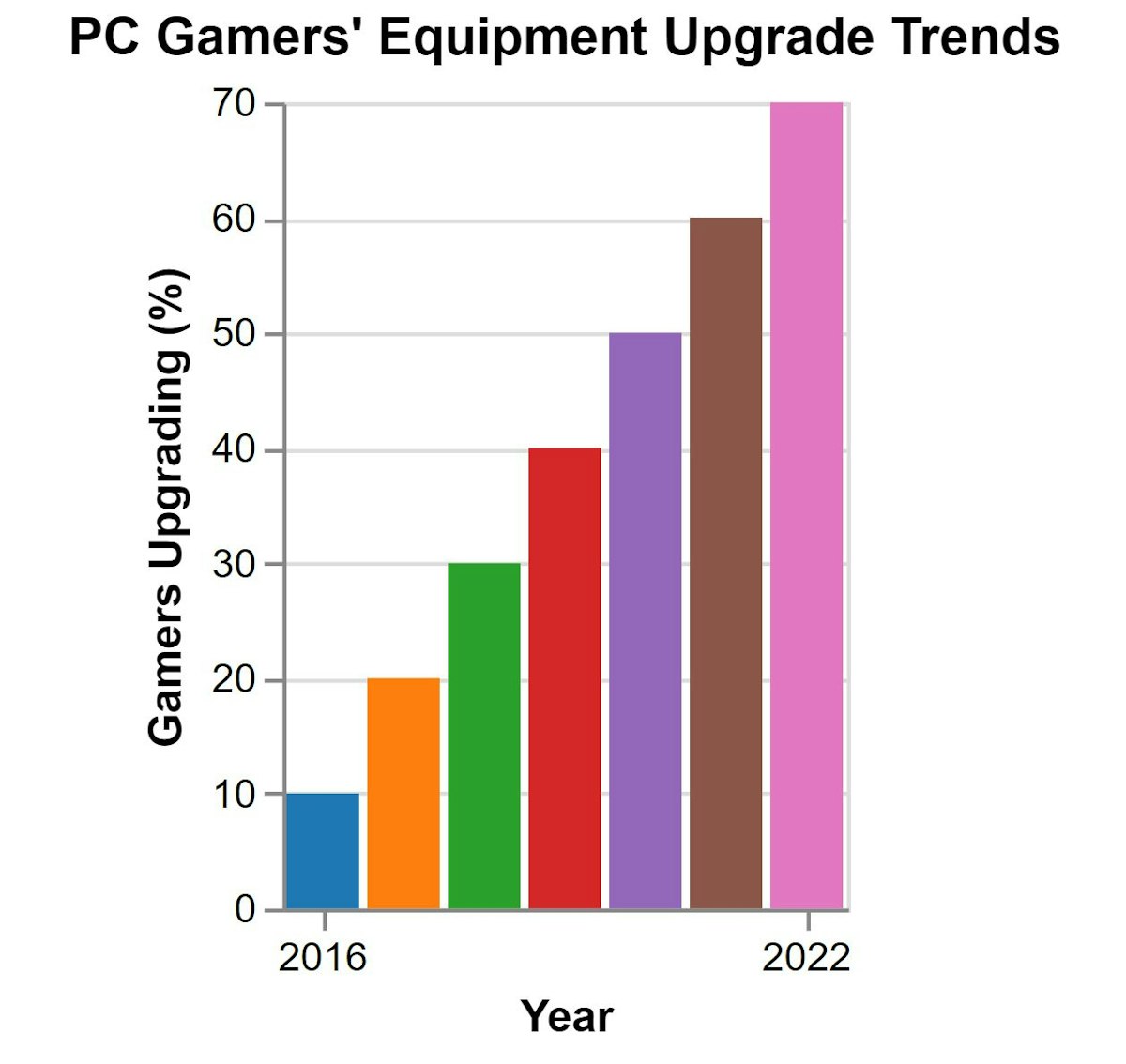
Developing video games is a unique endeavor. Games offer players an experience that no other art form can replicate. You can’t just broadcast a game playthrough on TV and expect it to evoke the same emotions as playing it yourself. Yet, modern AAA studios are so fixated on graphic realism, crafted by teams of thousands, that they shy away from game mechanics. Games today are trying hard to be like movies. But in doing that, they lose the special touch that makes them unique.
The Role of Boredom in Game Design
Researchers from William & Mary University say that our society is facing a so-called “creative crisis,” where levels of creative thinking continue to decline. This is attributed to the constant stimulation of the brain and the lack of boredom. Interestingly, boredom is a key element in nurturing imagination. And you might not know this, but it’s often used as a game design tool.
While it may sound odd, moments of calm, stillness, and even boredom can boost player engagement and enrich the gaming experience. In game design, pacing is as crucial as in storytelling. Downtimes or less exciting tasks give players time to think, strategize, and anticipate what’s coming next. Consider survival games: players frequently engage in mundane tasks like resource gathering and crafting. The main goal of introducing “boredom” in games is to allow users to be creative, experiment, and interact with the game world in unique ways. This leads to fresh gaming moments that not only enhance the experience but also evolve the genre.

For instance, if you compare the open world of Elden Ring, which I believe is excellent, with that of Assassin’s Creed Odyssey or Valhalla, you’ll spot a key difference. It highlights the contrast between a more traditional game design and a newer approach.
Elden Ring opens a world that allows for long travels without significant events or encounters. If you wish, you can explore for hours without fighting or engaging in any activities. The game lets you set your own pace. But when you’re ready, it offers layers upon layers of worlds. The occasional monotony of exploration amplifies the anticipation of the next discovery, stimulates imagination, and lets you fill in the lore. In contrast, Assassin’s Creed Valhalla crams its spaces with endless activities. You can’t stroll through a location without being sidetracked by another point of interest. Even when sailing, new markers keep popping up on your screen.
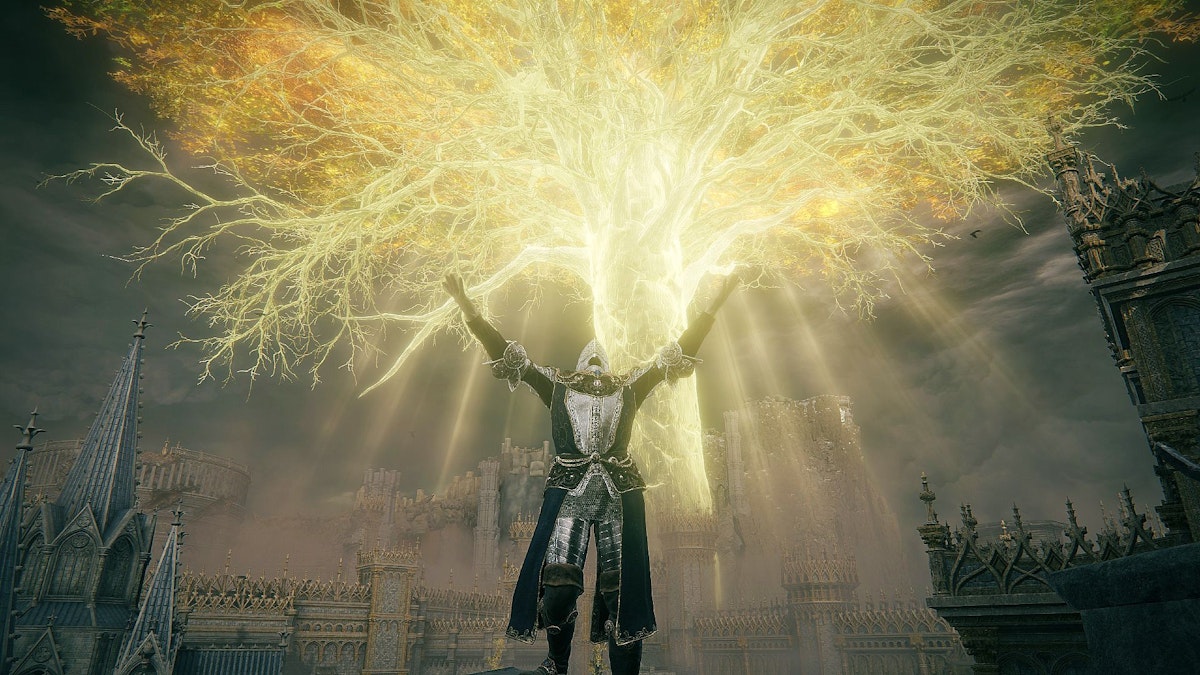
Elden ring
When creating Dark Souls and Elden Ring, Miyazakidrew from his childhood experiences. Bored, he often read books he couldn’t fully comprehend as a child, filling in the gaps with his imagination. This is the experience he aims to convey to his players. Similar game design decisions are seen in games like Heroes of Might and Magic III. If you pause, the world freezes with you. Most of the gameplay revolves around moving across the map and collecting resources. This repetitive task starkly contrasts the strategic depth of battles or city management.
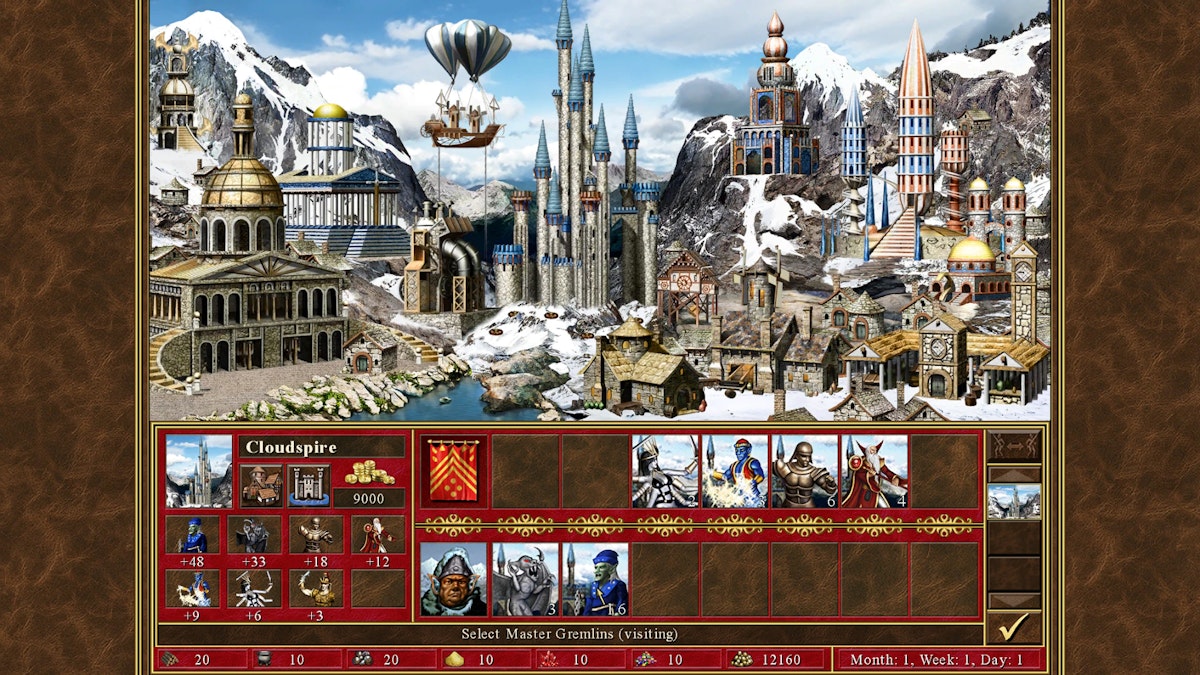
Heroes of might and magic III
Modern game design tends to minimize elements of boredom. Cyberpunk 2077 certainly plays with narrative pacing, but its primary goal is to ensure the player is never bored, not even for a second. Calls from NPCs, on-screen notifications, and blinking interface elements – all keep the player stimulated. When planning to clear an area in the game, chances are you’re testing a new augmentation or skill rather than approaching it creatively. Although to give credit where it’s due, the game does offer several ways to tackle a challenge.
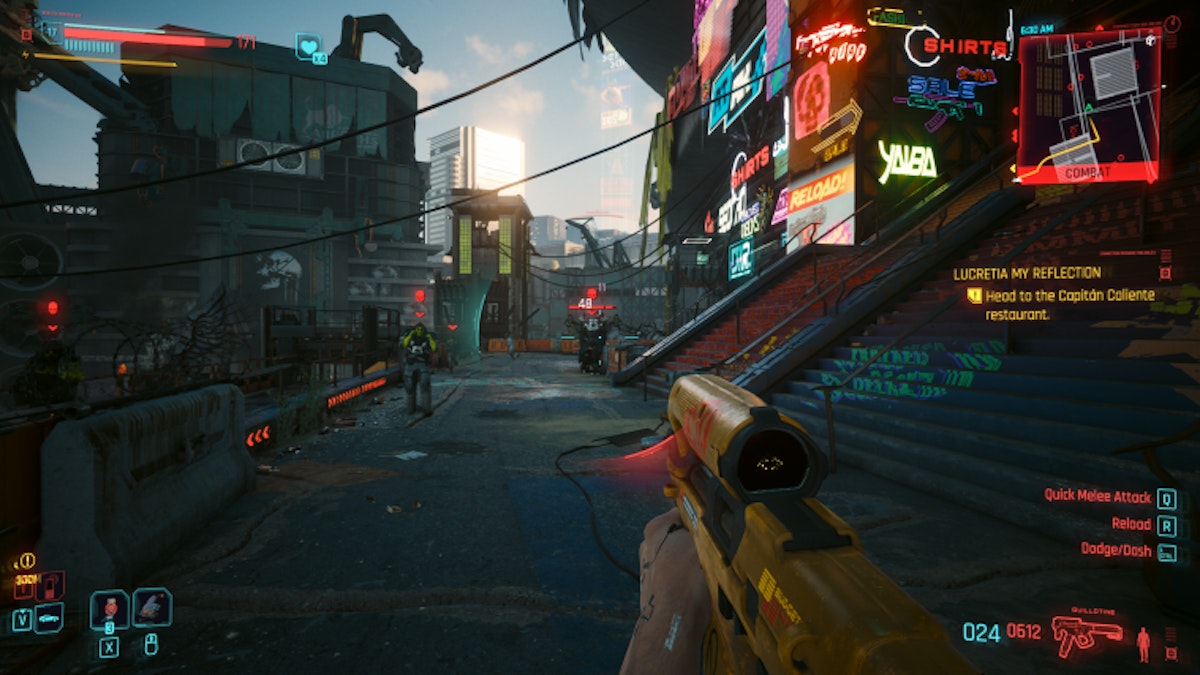
Large studios are so fearful that players might get bored with their new releases that they often opt for one of two paths: either inundate their games with a surplus of secondary content or tap into nostalgia.
The New York Times published an extensive piece on how vintage tech is selling ever-increasingly, with prices of items considered junk skyrocketing just a few years ago. People are reverting to using Polaroids and playing with Tamagotchis. Filmmakers are reviving old characters, and game studios heavily invest in remakes.
Even players are terrified of getting bored. According to a psychological study conducted by the University of Virginia, most contemporary individuals would rather self-harm than be left alone with their thoughts. Hence, the modernization of game design in such a manner seems inevitable.

Forces Shaping Modern Game Development
The new generation of gamers has grown up in this evolved game design paradigm and are mostly unaware of how it has transformed. To them, elements of boredom don’t just evoke existential dread but are also associated with mobile game design tools. Mobile games, by the way, generate more revenue than PC and console games combined. Mobile game design often weaponizes boredom as a monetization tool and as pressure on the player. Free-to-play projects craft slow progression periods as a tactic to encourage in-app purchases. For instance, players might be offered an item or currency to expedite a task that would take a long time. A prime example of this strategy is “Genshin Impact.” To fully level up a character squad to level 90, maximize their talents and weapons, and obtain the necessary artifacts without using any in-game purchases can easily stretch out for more than a year.
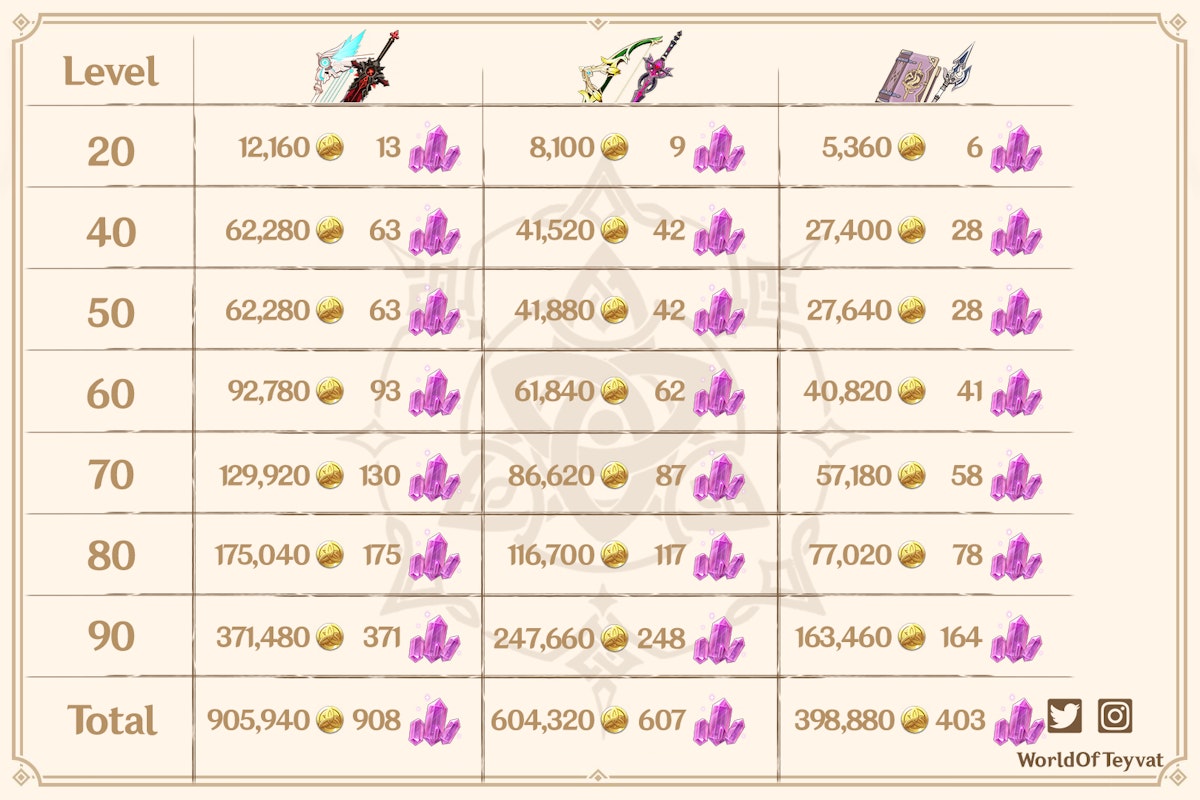
But it’s not just the overabundance of secondary content that characterizes the declining dynamics of creativity in modern game design. There is a more destructive reason. And this reason is money.
The sandbox game is a quintessential example of contemporary game design. These are vast, open worlds where the task of entertainment falls squarely on the player, often through mechanics that repeat those found in mobile gaming. The exhaustive grind for resources, the real-time crafting, and the independent search for crafting recipes are all elements that stretch the gameplay experience, making each stage more labor-intensive. Titles such as “Conan Exiles,” “V Rising,” and the initial release of “No Man’s Sky” could easily frustrate players who grew up with a different kind of creativity from developers—one that didn’t require such monotonous repetition.

This trend isn’t confined to sandbox games. It became increasingly common to see the launch of bare-bones games in content, relying on basic, repetitive mechanics that are refined over years post-release. This approach has become so normalized that it no longer raises eyebrows, but it does raise questions about the evolution of game design and the expectations set for both developers and players.
The transformation of game design from a creative pursuit to a monetization strategy is a significant factor in the evolution of modern gaming. Here is the elephant in the room: the financial incentives that have reshaped the game design landscape. In the early days of gaming, the transaction was straightforward: you paid for a game and got the full experience. There were no hidden fees or additional purchases necessary to unlock the game’s full potential. This model was simple and consumer-friendly, but as the industry grew, so did its ambition for profit.

Introducing microtransactions and DLC marked the beginning of a new era. Initially, these were seen as ways to extend the life of a game, offering new adventures and experiences beyond the original scope. However, as these monetization strategies became more sophisticated, they began to influence the very core of game design.
Today, games are not uncommon to be designed with monetization as a primary focus. From the get-go, developers are considering integrating loot boxes, time gates, and in-game currencies to encourage players to spend more. This shift has given rise to games intentionally designed to be grind-heavy, leveraging the psychology of reward to increase players towards making purchases that offer a shortcut.
The strategies employed by modern games are not just about extracting money; they’re about understanding and influencing player behavior. Let’s take the example of “FIFA Ultimate Team” mode. Here, players are encouraged to build their dream team, but the catch is that the best players are often locked behind loot boxes—randomized packs that may or may not contain the desired characters. This system taps into the same psychological triggers as gambling: the thrill of chance and the allure of a potential reward. It’s designed to keep players returning, spending more money hoping to strike it lucky.

Games like “V Rising” implement fatigue systems that limit how much a player can do within a specific timeframe, nudging them towards microtransactions to bypass these artificial barriers. This design preys on the player’s impatience and the fear of missing out, creating a sense of urgency that can lead to unplanned spending. The psychological impact of these strategies is significant. They can lead to addictive behaviors, where the satisfaction of playing is replaced by the compulsion to spend. Games are no longer just a form of entertainment; they become a loop of investment and return, where the return is not guaranteed, and the investment is not just financial but emotional. Moreover, these tactics can create an uneven playing field, where players who spend more money gain a competitive edge. This undermines the skill-based nature of gaming, where success is supposed to be determined by mastery of the game rather than the depth of one’s pockets.
Understanding why the gaming industry has leaned so heavily into aggressive monetization tactics requires a look behind the curtain at the forces shaping game development. The reasons are multifaceted, involving economic pressures, player expectations, and the very nature of the digital marketplace.
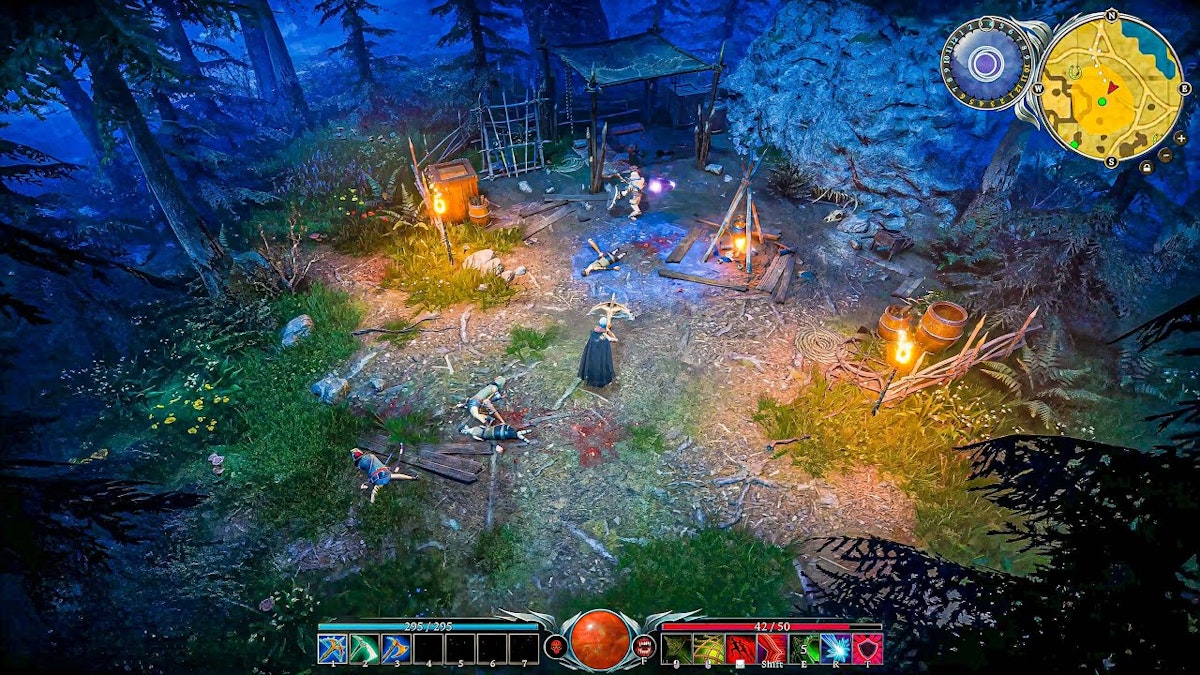
One of the primary drivers is the sheer profitability of microtransactions and loot boxes. Let’s go back again. Games like “FIFA Ultimate Team” have demonstrated that players are willing to spend vast amounts of money on in-game items, mainly when those items give status or competitive advantages. This has not gone unnoticed by industry executives, constantly pressured to maximize shareholder value and quarterly profits. The result is a business model that prioritizes recurrent user spending over one-time sales.
Another reason is the increasing cost of game development. According to the CMA’s report, a modern AAA game with a recently approved development budget and a launch window of 2024–2025 typically costs $200 million or more. As games become more complex and the expectations for high-quality graphics and content rise, so does the cost of producing them. This has led developers to seek additional revenue streams to recoup their investments and fund future projects. Microtransactions offer a solution by providing a steady income long after the initial game purchase.

The transition to digital distribution has also played a role. With games being sold through online platforms rather than physical stores, publishers have more control over pricing and sales strategies. This has led to the normalization of in-game stores and the gradual acceptance of ongoing spending as part of the gaming experience.
Now, we have a situation where developers employ psychologists to help design game mechanics that encourage habitual play and spending. This clearly indicates the industry’s shift towards a model that views players not just as consumers but as ongoing sources of revenue.
The competitive nature of the gaming market must also be addressed. With thousands of games released yearly, developers are under immense pressure to make them stand out. Monetization tactics such as exclusive content, early access, and special editions are ways to create buzz and incentivize purchases.

Lastly, the rise of free-to-play games has significantly impacted monetization strategies. These games rely entirely on microtransactions for revenue, which has led to the refinement of techniques to convert free users into paying customers. As these tactics become more sophisticated, they inevitably spill over into paid games, further blurring the lines between revenue models.
The aggressive monetization strategies infiltrating modern gaming have not gone without their share of drama and community backlash. This tension between profit-driven game design and player satisfaction has led to several controversies, which serve as cautionary tales for the industry.
A notable example is the uproar surrounding “Star Wars Battlefront II” at its launch. The game featured a progression system heavily criticized for its reliance on loot boxes, which many players felt was a pay-to-win. The backlash was so severe that it caught the attention of lawmakers worldwide, leading to discussions about the regulation of loot boxes and microtransactions in games. This incident, while not covered in the videos we’ve discussed, is emblematic of the kind of drama that can be born when players feel a game’s monetization is unfair.

Moreover, the industry’s reputation has suffered due to these practices. The perception that games are becoming less about fun and more about profit has led to a growing disillusionment among players. This, in turn, can block innovation, as developers may hesitate to take creative risks for fear of failing to meet monetization targets. In conclusion, we must face the somber reality that the relentless pursuit of monetization in gaming casts a long shadow over the industry’s creative spirit. Many modern games stand as a testament to this troubling trend. The game’s mechanics, which heavily stimulate time or financial investments, indicate a broader movement away from creativity. The game’s design, while it could be engaging, is marred by the specter of monetization that looms over the player’s experience, subtly coercing them into a cycle of spend or grind.
This shift towards monetization at the expense of creativity is not just a business model but a cultural shift within the industry. In this darker narrative of gaming’s future, the challenge for the industry is profound. It must navigate the treacherous waters of financial necessity while keeping creativity alight. But I stay with the hope that the future game industry can be a place where creativity and player experience will be based on the joy of discovery.
This article was originally published by Sergey Snegiev on Hackernoon.



